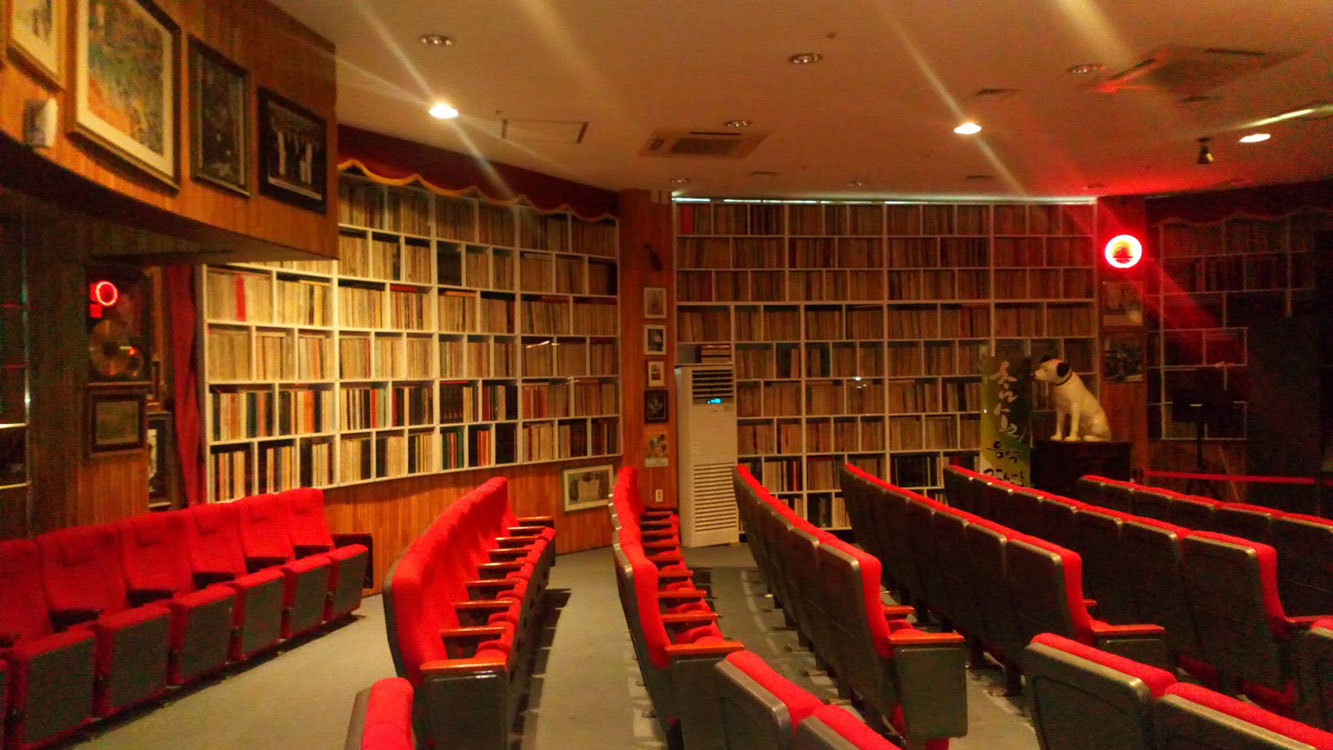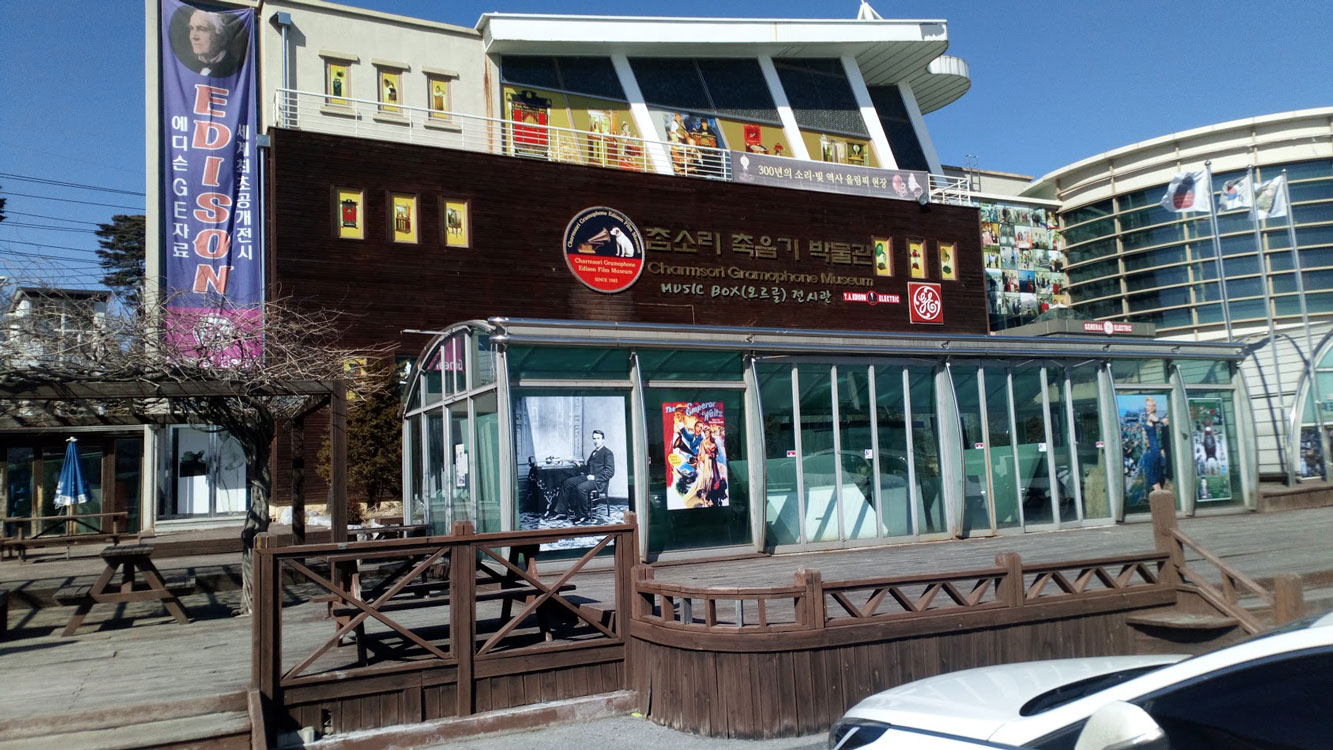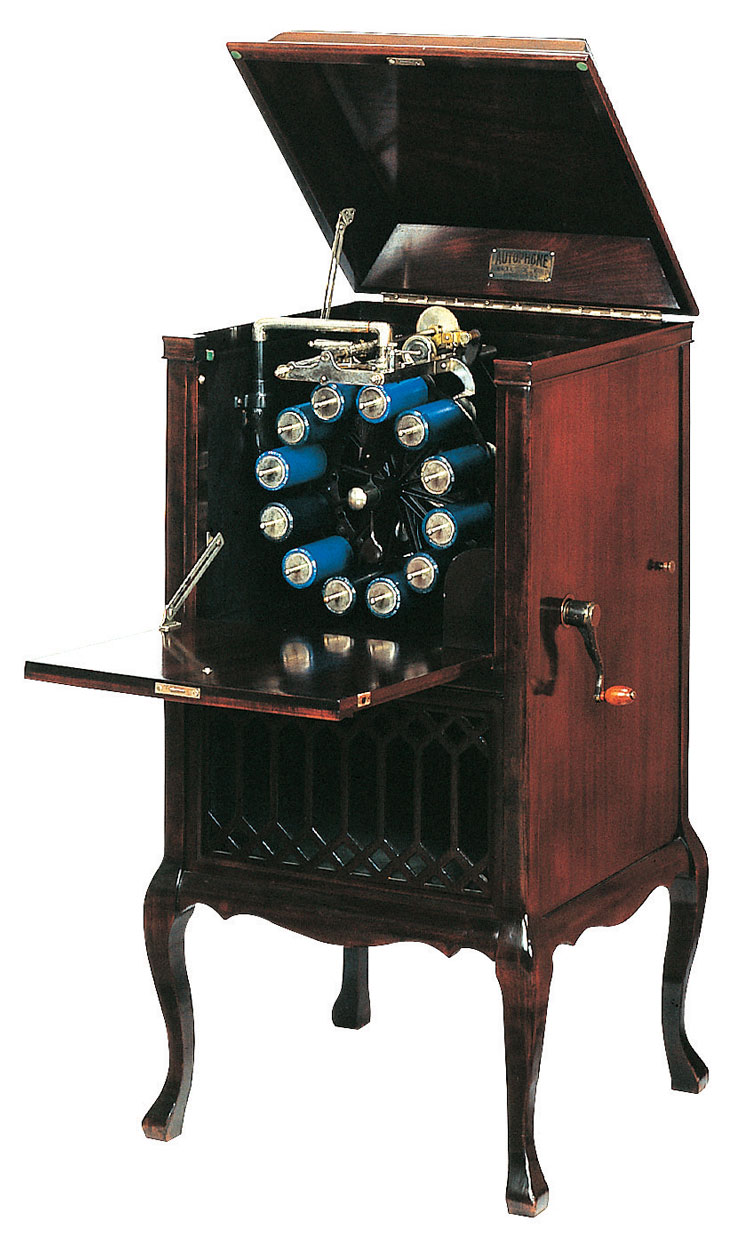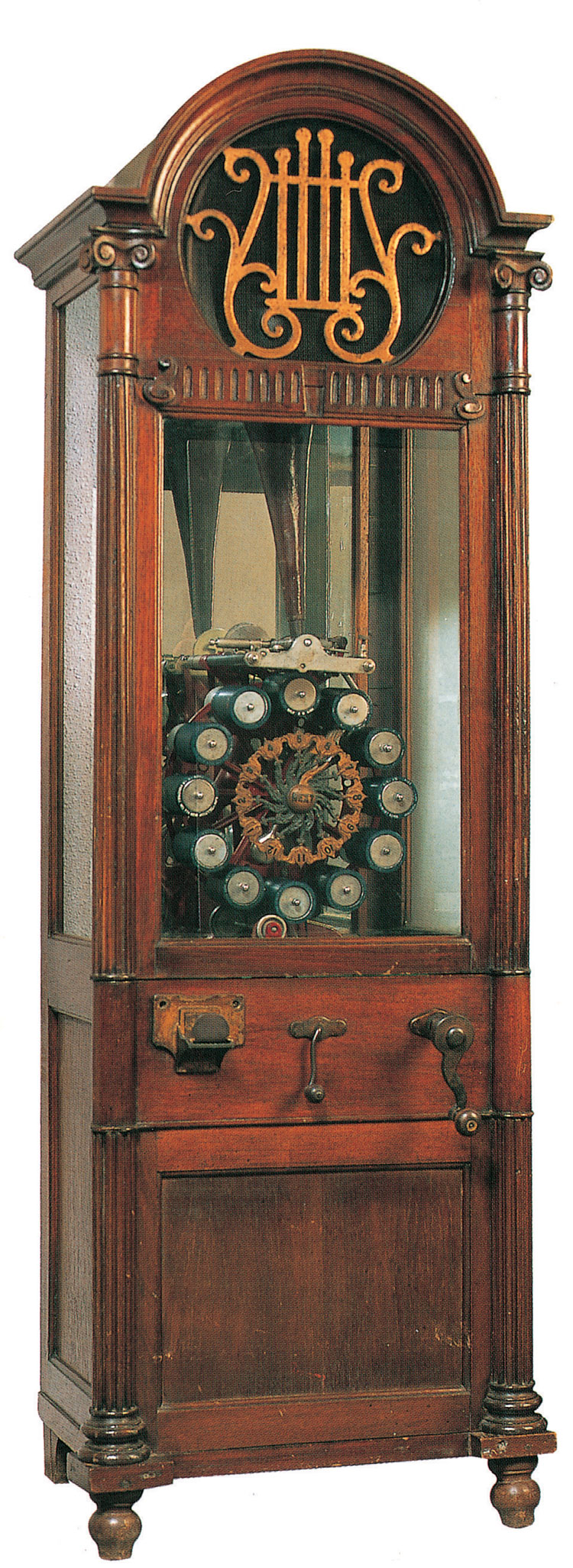Gramophone nirvana can be found in the heart of PyeongChang
Peter Quantrill
Wednesday, February 21, 2018
There are more than world records to be found in PyeongChang, reports Peter Quantrill

Listening to, watching, jawing about and generally soaking up music offers reason enough for most of us to get up in the mornings. But for the time being some of us are as likely to breakfast with bobsleigh as Bach. Curling may even have supplanted Chopin for the duration of the Winter Olympics held in the PyeongChang region of South Korea.
What may come as a pleasant surprise to Gramophone readers is that the region’s main city, Gangneung, is home not only to the athletes for this fortnight of winter sports but to the world’s largest collection of gramophones. Hardly more than a stone’s throw from the sandy beaches of this eastern-seaboard resort is the Chamsori Gramophone and Edison Science Museum. As a guest of the PyeongChang Winter Music Festival, I paid a visit last Saturday and found that this extraordinary collection more than lives up to its grandiose title.

The collection is the life’s work of a single collector, Sung-Mok Son. In fact the two buildings merit a paragraph in the Rough Guide to Korea, but I might have passed them over without a tip-off from the pianist Yeul-Eum Son (no relation), who had given a marvellously articulate account of Beethoven’s G major Piano Concerto the previous evening in a concert to mark the climax of the festival.
For anyone who still covets their vinyl (and maybe still adds to it through the new LP releases which have turned from a trickle into a steady stream over the last five years), the museum is gramophone nirvana. Holding over four thousand individual models of analogue sound reproduction, the museum begins with Edison’s first phonograph and ends at some point in the 1950s, where it begins to overlap with equally comprehensive collections of film, radio and television equipment.

Fifty or so cylinder phonographs are displayed, each progressively more elaborate and tailored for domestic and mass markets though still drawn along the lines of Edison’s unimprovably elegant 1877 original. There is a 1907 example of the US-made Multiphone, the first coin-operated jukebox. Then the gramophones, case upon case of them. Brunswick, Graphophone, Pathé, Ultraphon, Zonophone, Klingsor, names that roll off the tongue in a litany like the coastal waters of the UK in the Shipping Forecast.

As well as industrially produced classics such as the HMV model 203, the collection holds many limited-edition and made-to-order models. Commissioned for the Spanish Royal Family, the swooping lines of one (UK-made) HMV model from 1910 are contoured by the modernismo movement that was Spain’s equivalent of art deco. More outlandish is a gold-leaf Buddha gramophone made at the behest of an Indian industrialist.
I was in the company of four Chinese journalists, and the museum’s curators were manfully attempting to answer our questions (as detailed as the language barrier would allow) when it became clear that our visit had come to the attention of Mr Son himself, who was in the building. At the end of our tour he sat us down over coffee, handed over copies of the lavish catalogue and told us his story.
Now in his late 70s, he had made his money in construction, but his love was music, and music reproduction. The bones of a tale familiar to many Gramophone readers, perhaps, but he had gone further – all over the world, in fact, on more than a hundred trips, not only to Japan just an hour’s flight away and home to many, equally devout vinyl collectors, but to Venezuela, Canada, the US and naturally Europe, following up leads for rare models, attending auctions and buying up everything he could lay his hands on: Communist East Germany was, according to Mr Son, an especially fruitful marketplace. He also accumulated music to play on his equipment, naturally: around 150,000 LPs and 78s. Most of what was on display in a cinema-style listening room tended more towards Nat King Cole than Nielsen, but a cursory inspection of the 78s turned up some treasures such as the first Columbia pressings of Karl Muck’s Parsifal Act 3 from 1927.
Space permits only half of this Fafner’s hoard to be placed on show at any one time, but Mr Son is on hand (for now) to supervise a constant rotation of exhibits (maybe not as fast as 33rpm). He intends to bequeath the collection to the Korean state, while expressing some justifiable doubt as to whether it will be looked after and displayed as diligently as it is now. Anyone who is anywhere near Gangneung should go while they can. But appetites can be whetted at www.edison.kr.











